
#405
BRUICHLADDICH ISLAY ROAD TRIP
02 Sep 2016 By David Fuhrmann-Lim
The makers of “the peatiest whisky in the world” have a history and philosophy that’s just as superlative. We spent a giddy afternoon meandering around Bruichladdich’s expansive distillery to learn a bit more about their creamy Islay spirit.
Bruichladdich Distillery is on the part of Islay that didn’t use to be Islay. It sits on the Rhinns, which many millions of years ago was an island further west, separated from Islay by a channel of water. Even its foundation of quartzite rocks (1.8 million years old) is different, and about 600 million years ago Rhinns was joined with Islay through tectonic plate movements. Though it’s one island now, the line that separates (or celebrates) the fusion of these bodies is the Loch Gruinart Fault.

Perhaps spiritually, and symbolically, this is why Bruichladdich has often set itself apart from the other distilleries further east on Islay. They are the most progressive of the lot, they care a lot more about the provenence of their ingredients, and they have much prettier bottles. (See all of Islay’s distilleries from a drone).
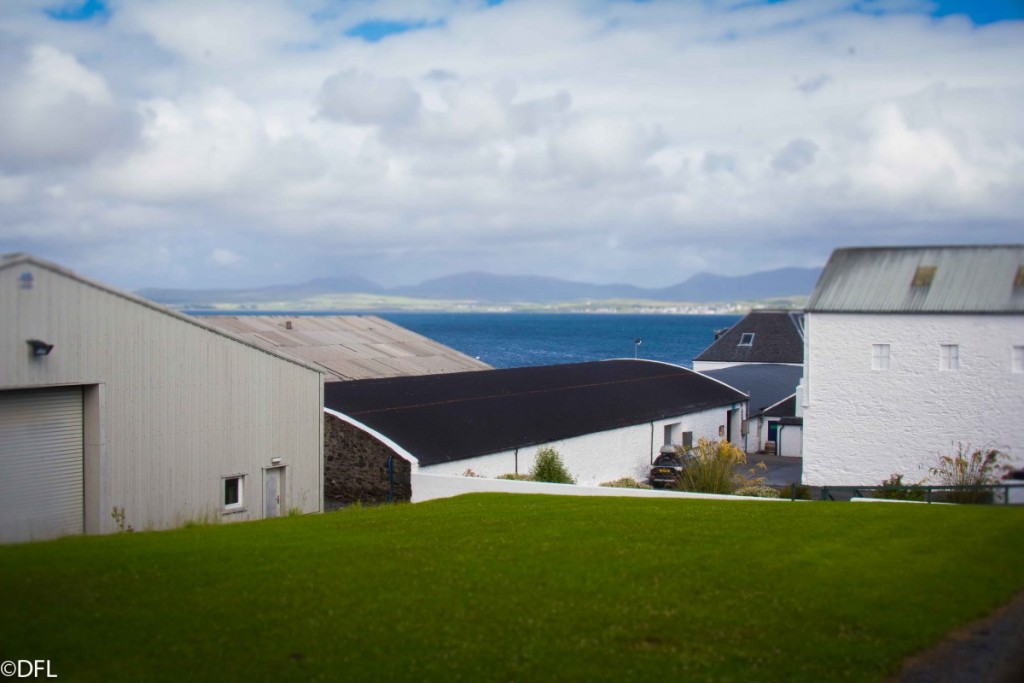
Bruichladdich distillery’s modern history began in 2000, when British wine merchant Mark Reynier raised £7.5 million to buy its entire lot, stock, and barrels, and its then owner – the American conglomerate Jim Beam – also threw in the abandoned distillery as part of the sale.
The disused property was in a sad state, but there was still plenty of amazing spirits in the casks, so one of Reynier’s first move was to entice legendary distiller Jim McEwan to leave Bowmore, and to work in Bruichladdich and make it the innovator it is today.
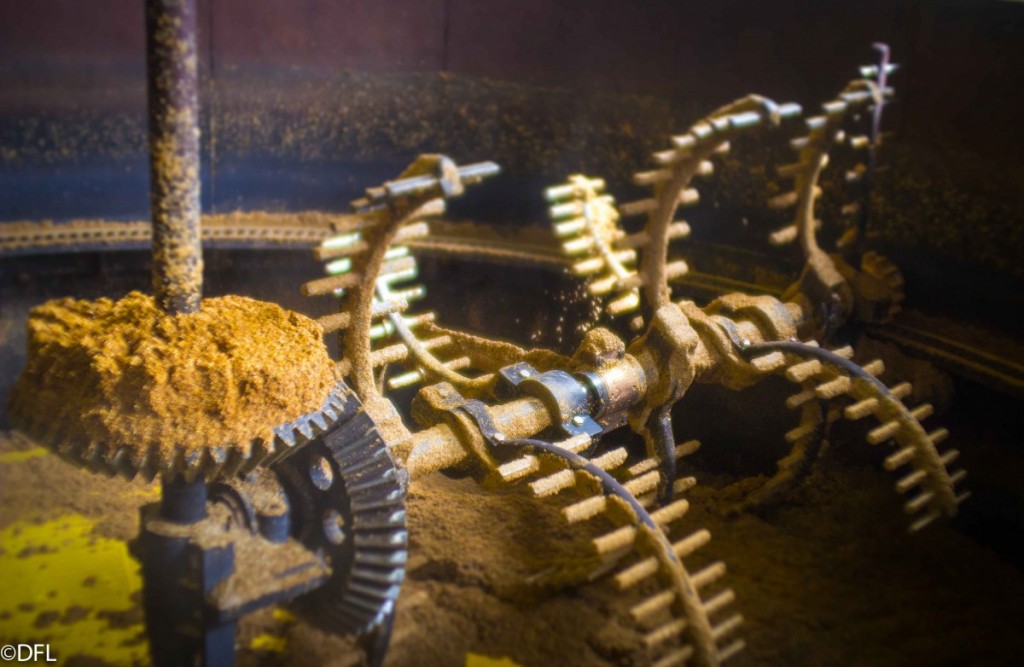
Most of the equipment in use is from the Victorian era, like this spidery mashtun. (Watch it moving)
From the get-go the team had decided they would focus on provenance of material – the barley would matter, and it would come from Scotland (many distilleries buy barley from France). One of their most notable is Bere barley, from a lineage that is 4,500 years old. The team also use organic barley grown on a farm nearby.
There is also a bit of winemaking philosophy employed here, very different from the others. They would focus on terroir, people and raw materials, and produce smaller runs of whisky like wine vintages. All this info, including type of cask, would be on the label, and you can also access this info on their website from the barcode on the bottle.
Because it’s open-topped, mashing takes twice as long and requires 30% more water.
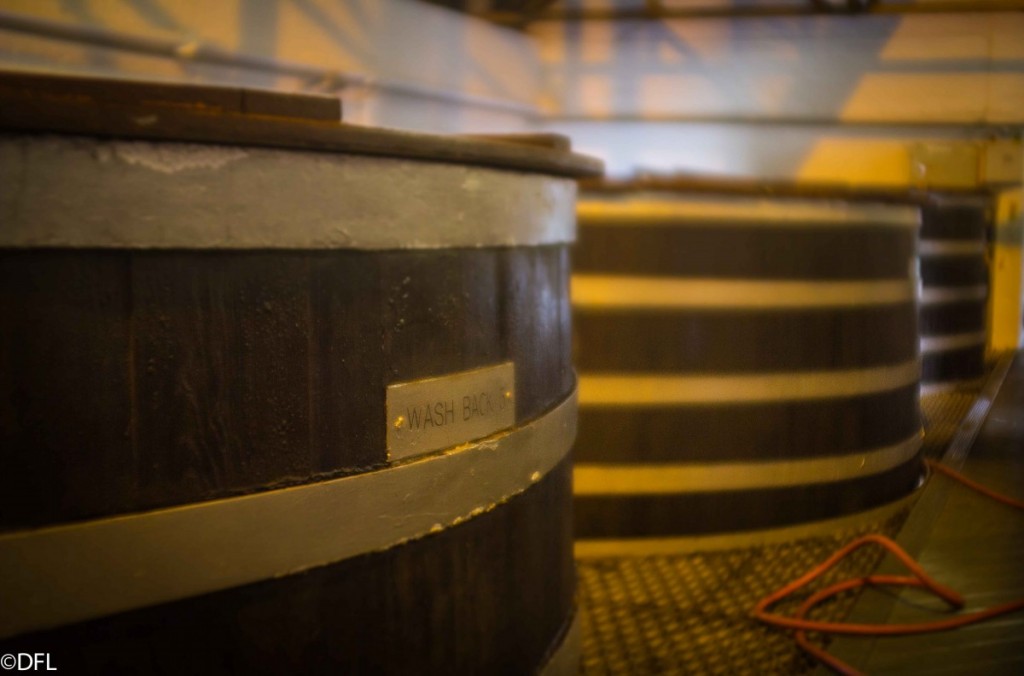
There are six wooden washbacks made from Douglas Fir (or Oregon Pine), which together hold 210,000 litres.
Old school: It’s not just the Victorian-era equipment, here they don’t use computers in production, and all processes are controlled by a pool of skilled artisans who pass on information verbally, and they measure progress using dipsticks and simple flotation devices.
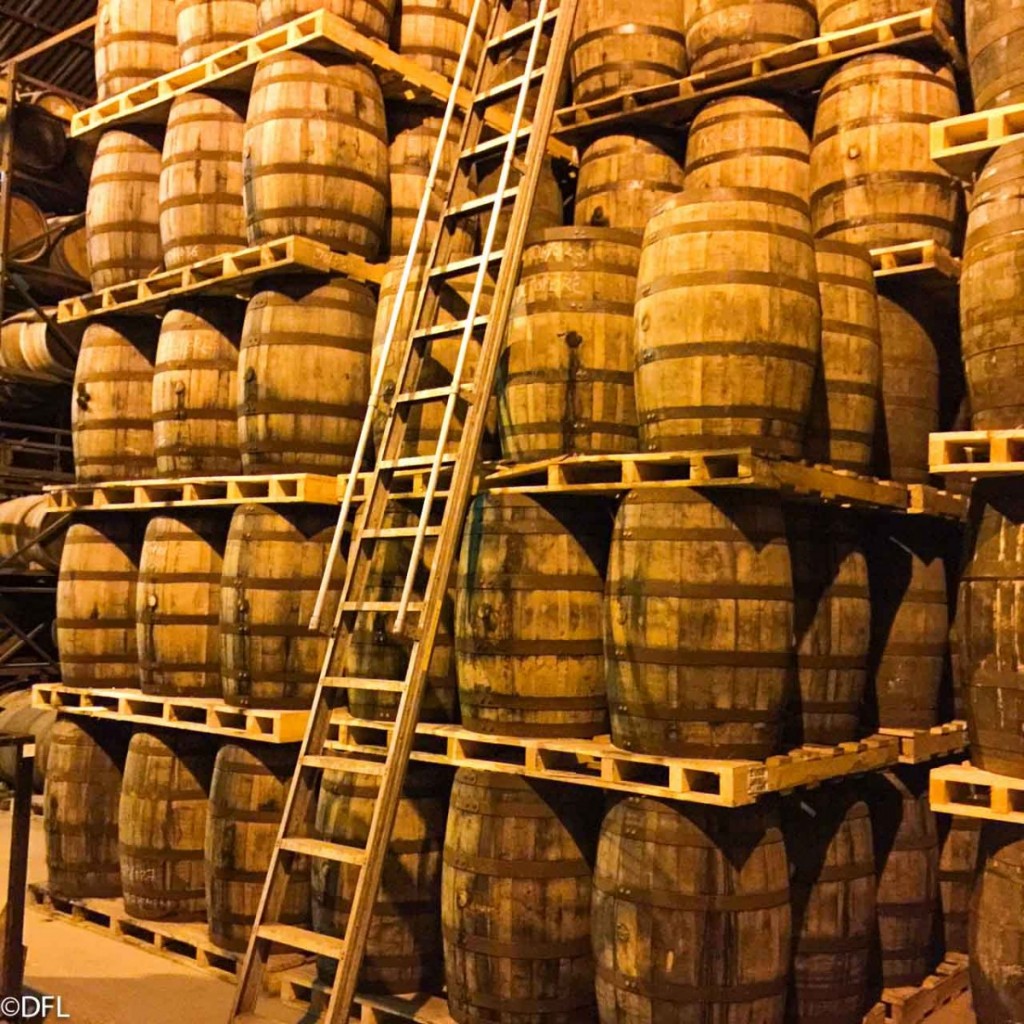
Every drop of liquid is warehoused on Islay. In fact, the distillery is building a new mega warehouse for the future.
Bruichladdich’s casks and spirits are all in Islay for their entire lifespan, until it is bottled and shipped off. If this sounds like a ‘meh’ piece of info, then you should know that not all of Islay’s distilleries age their spirits/barrels on the island. For some of the others (you can easily google this), the moment the spirits are distilled it is tanked and shipped to the mainland to be put into casks.
Sacre bleu! Indeed, one Bruichladdich distillery staff remarked that I was on Islay longer than some of their competitor’s spirits. So then, how does one reconcile the fact that casks with Islay spirits but which live 10-20 years off the island are considered Islay whiskies? And isn’t Islay’s legendary cold weather, muggy summers and salty sea mist responsible for making its sleeping whisky develop that distinct flavour?
Go figure.
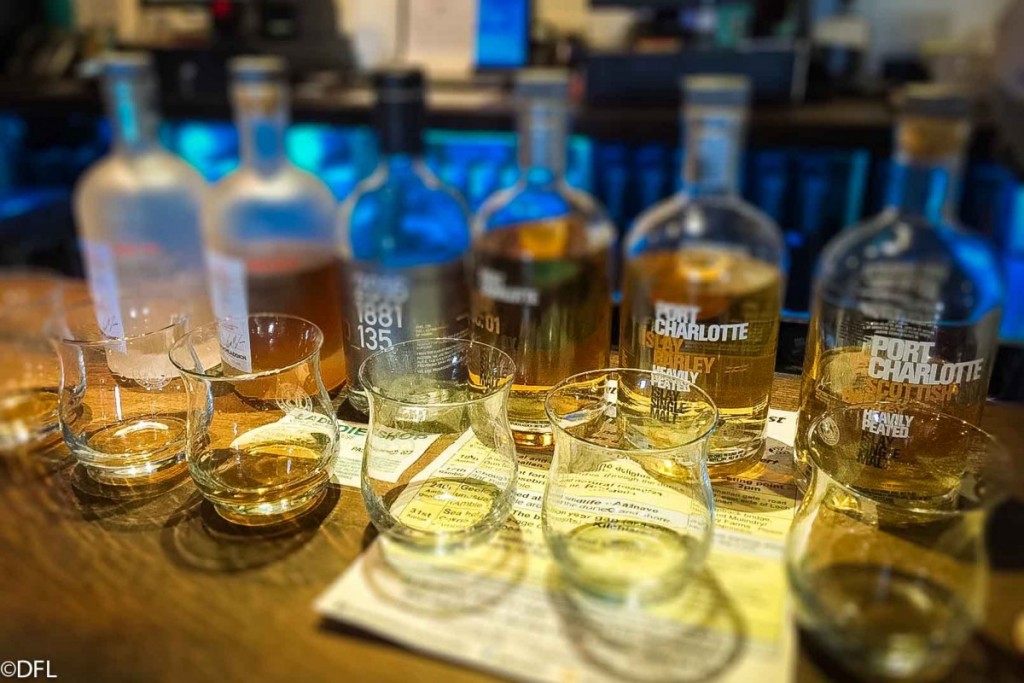
They only do single malts: Those designated Bruichladdich are unpeated; those designated Port Charlotte are heavily peated; and those designated Octomore are super-heavily peated.
In July 2012, Remy Cointreau bought Bruichladdich for £58m, but have largely left them to their devices. The distillery produces 1.3 million litres of booze a year, and hires about 73 Ileachs (people from Islay). It’s not a productive ratio, by contrast, Caol Ila only has a staff of… six. But the company wouldn’t have it any other way.
From barley to cooperage to bottling, they’ve bravely pursued an independent route, hiring as many locals as possible, “to imbue its spirit with as much Islay character a possible,” writes Andrew Jefford in his Islay tome Peat Smoke and Spirit.
And by doing so they can continue to be innovative.

Awesome fun fact: In 2003, the company gained notoriety when they were informed by the American Defence Threat Reduction Agency, via email, that one of their eight webcams wasn’t working! The distillery had been the focus of a surveillance operation because their antique equipment was mistaken by the Yanks to be those purportedly used by Iraq to make chemical weapons. Charming.
There was certainly chemistry going on, but it was to make malts of mass appreciation.
Like this? Then read about the Peatiest. Whisky In. The. World.

You might be interested in...
DRINK THIS: 2024 TSUKURIWAKE SERIES
The Combo of Suntory’s Tsukuriwake Series 2024 and Takayama’s Elevated Omakase is a Pairing Made in an Aesthete’s Heaven.
WHISKY TASTING WITH A DIFFERENCE
We Got Lucky And Were Privileged to Taste a 50-Year-Old Single Malt AND a Japanese Whisky From a Defunct Distillery. (Yes, We're Talking Ancient.)
GRAIN & GRAPE
Auchentoshan Breaks New Terroir With Their Limited Edition Sauvignon Blanc-finished Expression
DRINK THIS: 2024 TSUKURIWAKE SERIES
WHISKY TASTING WITH A DIFFERENCE
GRAIN & GRAPE